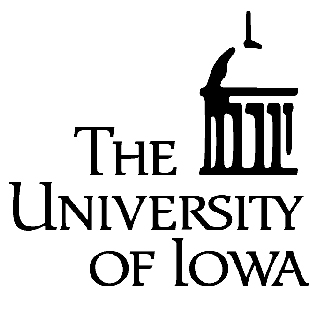
Preceding studies propose that patients suffering from hypertension i.e. high blood pressure that remains uncontrolled apparently do not frequently receive supplementary blood pressure medications. This was provided as per background information. One approach to develop blood pressure control is team-based care, involving the aid of a clinical pharmacist in patient management.
Around 402 patients suffering from uncontrolled hypertension were examined by Barry L. Carter, Pharm.D., of the University of Iowa and Iowa City Veterans Administration, Iowa City, and colleagues who carried out a clinical trial with the team-based approach. The average age of patients in the trial was about 58.3 years. They were being taken care in one of the 6 clinics. Every clinic enlisted pharmacists, but prior to the study, the pharmacists apparently spent more time in enlightening pharmacy students, medical residents and staff physicians about drug therapy as compared to the time they spent in direct patient management.
In three clinics treating around 192 patients, physicians and pharmacists apparently went through team-building exercises. The pharmacists also finished supplementary training sessions, examined patients’ blood pressure and medications at the starting of and all through the study, and made face-to-face treatment advices to physicians that were claimed to be reliable with national guidelines. In the other three clinics, around 210 patients were clued-up about blood pressure and the objective they ought to attain, received written information about controlling blood pressure and were treated by physicians who were given enlightening sessions on strategies to enhance blood pressure control.
Post six months, around 29.9 percent of patients in the control group and about 63.9 percent of patients in the intervention group apparently reached blood pressure control, described as blood pressure less than 130/80 millimeters of mercury for patients suffering from diabetes or kidney disease and 140/90 millimeters of mercury for the rest of the patients. Average blood pressure supposedly reduced about 6.8/4.5 millimeters of mercury in the control group and 20.7/9.7 millimeters of mercury in the intervention group.
The pharmacists in the intervention group apparently made about 771 advices; around 742 of them were executed by the physicians. Patients in the intervention group supposedly had a superior average boost in the amount of anti-hypertensive medications consumed and more alterations in their medications counting beginning new medications, terminating present medications or increasing or decreasing dosage.
The authors commented, “A physician and pharmacist collaborative intervention achieved significantly better mean [average] blood pressure and overall blood pressure control rates compared with a control group. The results of this study suggest that clinics or health systems with clinical pharmacists should consider reallocation of duties to provide more direct patient management to significantly improve blood pressure control.â€
The authors concluded by mentioning that future studies of this model should include more clinics with greater geographic, racial/ethnic and socioeconomic diversity because these populations are likely to respond differently to the intervention.
The study was published in the Archives of Internal Medicine, one of the JAMA/Archives journals.
